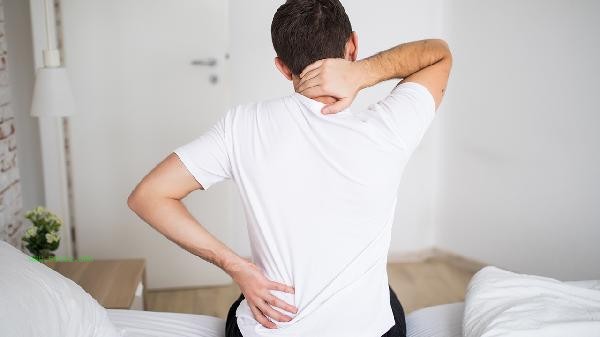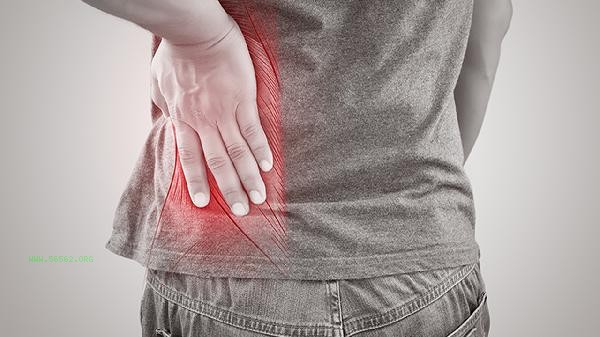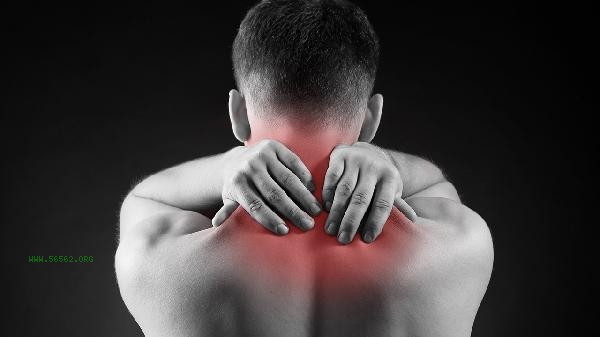Back to back exercises have a certain auxiliary effect on improving posture, but cannot replace muscle training and long-term behavior correction. The effectiveness mainly depends on individual usage patterns, types of spinal problems, and the degree of rehabilitation training cooperation.

Back to back support helps maintain the physiological curvature of the spine through external force, which can alleviate muscle fatigue caused by poor posture in the short term. For adolescents with mild scoliosis or hunchback, combining exercise rehabilitation under the guidance of a doctor may delay the progression of the deformity. When the product design conforms to ergonomics, it can remind users to maintain correct sitting posture and reduce lumbar pressure. Some users have reported that wearing it reduces shoulder and neck pain, especially in sedentary office or study settings where the effect is more significant. Long term dependence on dorsal reinforcement may lead to degeneration of the core muscle group and exacerbate spinal instability. Organic diseases such as congenital spinal deformities and severe osteoporosis cannot be cured solely by orthopedic devices. Some cheap products are made of materials that are not breathable, and wearing them incorrectly may compress intercostal nerves or affect blood circulation. Clinical data shows that over half of users experience a rebound in posture issues after discontinuation, indicating limitations of passive correction.

It is recommended to wear it for no more than 4 hours a day, combined with exercises such as swimming and yoga to strengthen the back muscles. Before selecting medical grade orthopedic devices, a professional spinal assessment is required, and adjustments to the plan should be made every 3 months for children. If there is skin allergy or worsening pain, it should be stopped immediately. During the correction period, regular full-length X-rays of the spine should be taken to monitor the effect. To truly improve body posture, it is necessary to establish correct posture habits, and equipment can only serve as transitional aids.









Comments (0)
Leave a Comment
No comments yet
Be the first to share your thoughts!